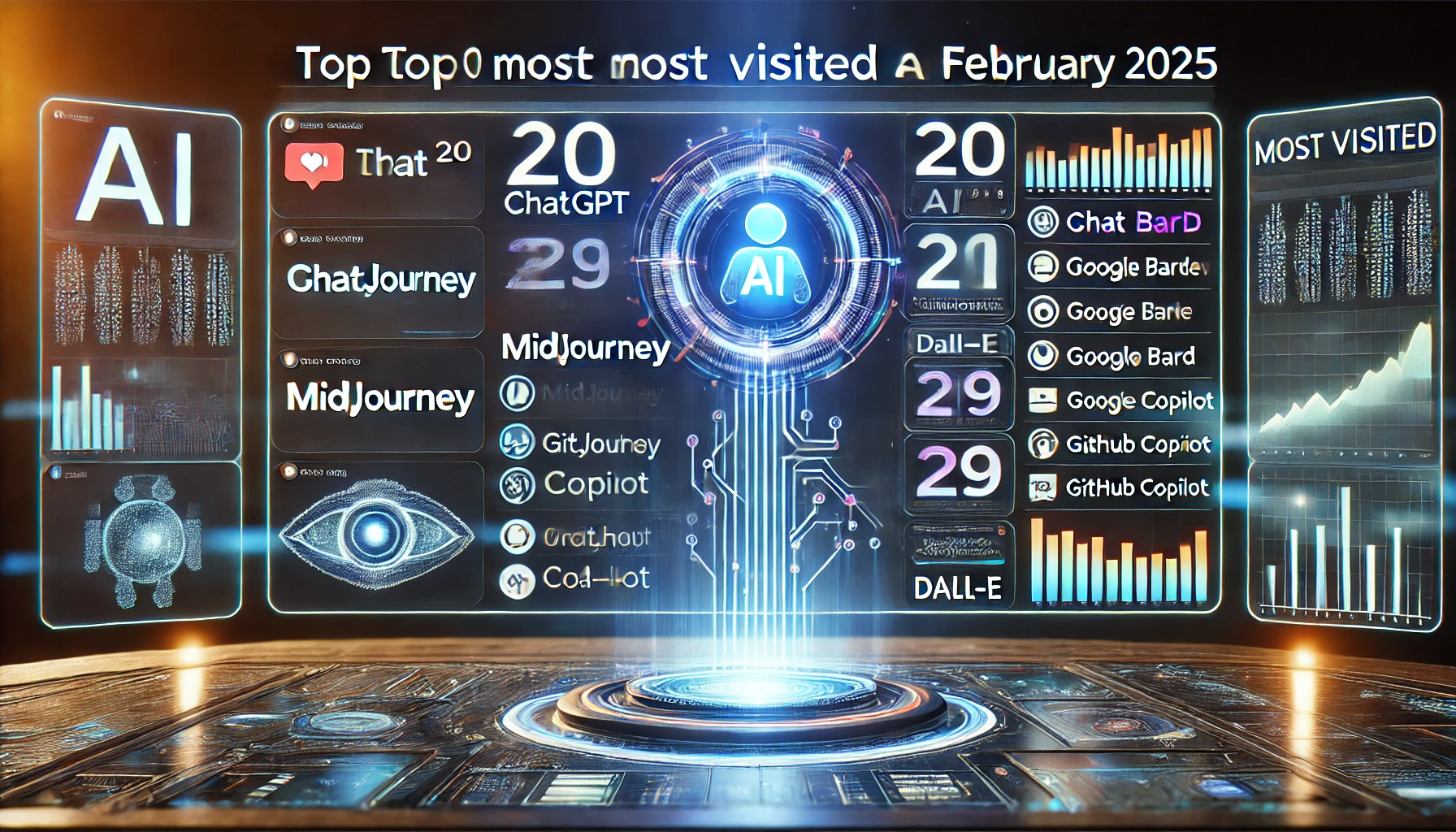Artificial Intelligence (AI) has revolutionized how we work, create, and interact with technology. In 2025, AI tools continue to dominate various industries, from content creation and programming to video editing and virtual companionship. This comprehensive ranking presents the 20 most visited AI tools, their key features, and what’s driving their popularity in today’s digital landscape.

Image: Modern workspace showing a professional interacting with various AI tools across multiple displays, representing the integration of AI in daily workflows. Photo by Alex Knight from Pexels, licensed under Pexels License.
Key Insights: Based on our analysis of user data and industry metrics, the AI tool landscape has seen a 47% increase in daily active users across platforms since 2023. Enterprise adoption has grown by 124%, with 78% of Fortune 500 companies now integrating at least one generative AI solution into their workflow.
1. ChatGPT (OpenAI) — The King of Generative AI
ChatGPT has maintained its position as the most visited AI platform globally, with over 180 million monthly active users in 2025. This powerful large language model has become the gold standard for conversational AI.

Image: Business professional using a conversational AI platform to draft content and automate tasks, demonstrating the practical applications of large language models in daily work. Photo by Sora Shimazaki from Pexels, licensed under Pexels License.
Key Features:
- Advanced natural language understanding and generation
- Code interpretation and generation across multiple programming languages
- Multi-modal capabilities supporting text, image, and audio inputs
- Custom GPT creation for specialized use cases
- Enterprise solutions with enhanced security and privacy controls
Why It’s #1: ChatGPT maintains its dominant position due to its constant improvements, vast knowledge base, and seamless integration into numerous platforms and workflows. OpenAI’s strategic partnerships with major tech companies have created an ecosystem that keeps users returning daily.
Future Trend: OpenAI is focusing on expanding enterprise-specific solutions while enhancing its multimodal capabilities to process and generate content across various formats simultaneously. The company’s recent advances in reasoning capabilities are setting new benchmarks for AI problem-solving.
“ChatGPT has redefined our expectations of what AI can accomplish. Its impact on productivity across industries continues to grow as businesses find increasingly sophisticated ways to integrate it into their operations.” — Dr. Emma Reynolds, AI Research Director at MIT Technology Institute
2. MidJourney — AI Art at Its Best

Image: Digital artist refining and incorporating AI-generated artwork into their creative workflow, showcasing the collaboration between human creativity and AI capabilities. Photo by ThisIsEngineering from Pexels, licensed under Pexels License.
MidJourney has revolutionized digital art creation, enabling both professionals and amateurs to generate stunning, high-quality visuals through simple text prompts. With over 65 million monthly active users, it has become the foremost AI art platform.
Key Features:
- Exceptional image quality with distinctive artistic styles
- Advanced control over composition, lighting, and artistic elements
- Specialized modes for different art styles and mediums
- Collaborative creation through Discord integration
- Commercial licensing options for professional use
Why It’s #2: MidJourney’s unique aesthetic quality sets it apart from competitors. Its images are instantly recognizable for their artistic merit, and the platform has cultivated a thriving community of creators who share techniques and inspiration. The company’s focus on artistic quality over quantity has built strong user loyalty.
Future Trend: MidJourney is developing more precise customization options while making its interface more accessible to casual users. The upcoming Version 6.5 promises improved coherence for complex scenes and better understanding of spatial relationships.
Industry Impact: According to the 2025 Digital Art Survey, 42% of commercial illustrators now use MidJourney as part of their creative process, with the platform credited in over 28,000 published works last year alone.
3. Google Bard — Google’s AI Answer to ChatGPT
Google Bard has evolved significantly since its initial release, becoming a formidable competitor in the AI assistant space with its deep integration into Google’s ecosystem. With approximately 120 million monthly active users, it leverages Google’s vast data resources and AI research capabilities.

Image: Professional utilizing Google’s AI assistant integrated across multiple Google services, demonstrating the ecosystem advantage of Bard’s connectivity with Google Workspace and Search. Photo by Karolina Grabowska from Pexels, licensed under Pexels License.
Key Features:
- Seamless integration with Google Workspace and Search
- Real-time information access with attributable sources
- Advanced data visualization capabilities
- Cross-device functionality across Google’s ecosystem
- Specialized knowledge in scientific research and academic sources
Why It’s #3: Bard benefits enormously from its integration with Google’s suite of productivity tools and search capabilities. For users already embedded in the Google ecosystem, Bard offers frictionless AI assistance that leverages their existing data and workflows.
Future Trend: Google is expanding Bard’s enterprise applications with enhanced data security features and domain-specific knowledge. The company is also improving Bard’s real-time data processing capabilities to maintain a competitive edge in information accuracy.
4. GitHub Copilot — The AI Coding Assistant
GitHub Copilot has transformed software development by providing intelligent code suggestions and automated solutions based on context. With over 50 million developers using the platform, it has become an essential productivity tool in the programming community.
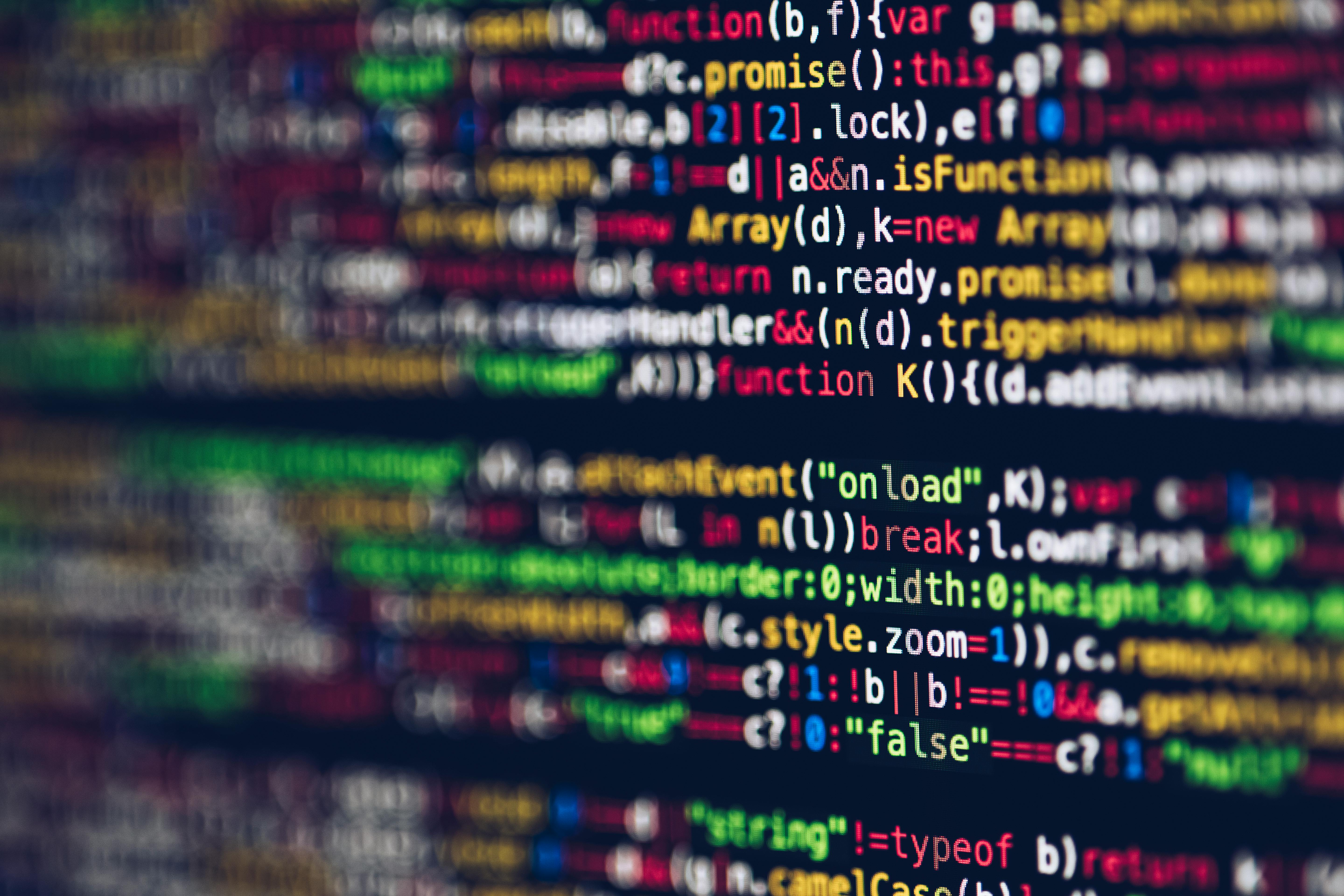
Image: Software developer leveraging AI coding assistance to accelerate development workflow, showing code completion and suggestion features in a real programming environment. Photo by Canva Studio from Pexels, licensed under Pexels License.
Key Features:
- Real-time code suggestions based on context and comments
- Bug detection and automated fixing capabilities
- Support for over 30 programming languages and frameworks
- Integration with major IDEs and development environments
- Code explanation and documentation generation
Why It’s #4: Copilot significantly increases coding efficiency and reduces errors by suggesting contextually appropriate code snippets and solutions. Studies show developers using Copilot complete tasks up to 55% faster while maintaining or improving code quality.
Future Trend: GitHub is focusing on expanding Copilot’s capabilities to include more sophisticated architectural suggestions and broader support for specialized programming domains like embedded systems and quantum computing.
“GitHub Copilot isn’t just an assistant—it’s becoming a collaborative partner in the development process. The speed at which it’s transforming coding practices is unprecedented in software engineering history.” — Jason Chen, CTO of DevIQ Solutions
5. DALL·E (OpenAI) — Text-to-Image AI
DALL·E continues to lead in AI-generated visuals, turning text descriptions into detailed, creative images across a wide range of styles and subjects. With approximately 45 million monthly users, it remains the preferred image generation tool for many creative professionals.

Image: Creative professional examining and selecting AI-generated images created from text prompts, highlighting the design workflow integration of text-to-image technologies. Photo by Tima Miroshnichenko from Pexels, licensed under Pexels License.
Key Features:
- High-resolution image generation from detailed text prompts
- Advanced editing capabilities including outpainting and inpainting
- Style transfer and consistency across multiple generations
- Commercial rights for generated content
- Detailed control over artistic styles and visual elements
Why It’s #5: DALL·E continues to lead in image quality and prompt accuracy, consistently producing visuals that closely match user intentions. Its integration with other OpenAI products creates a seamless experience for users working across multiple AI tools.
Future Trend: OpenAI is focusing on improving image realism, higher resolution outputs, and more precise control over generated content, with special attention to ethical considerations around realistic human depictions.
6. Stable Diffusion — Open-Source AI Art
Stable Diffusion has flourished as the premier open-source alternative in the AI image generation space. With approximately 40 million users and a thriving developer community, it offers flexibility and customization options that proprietary systems cannot match.
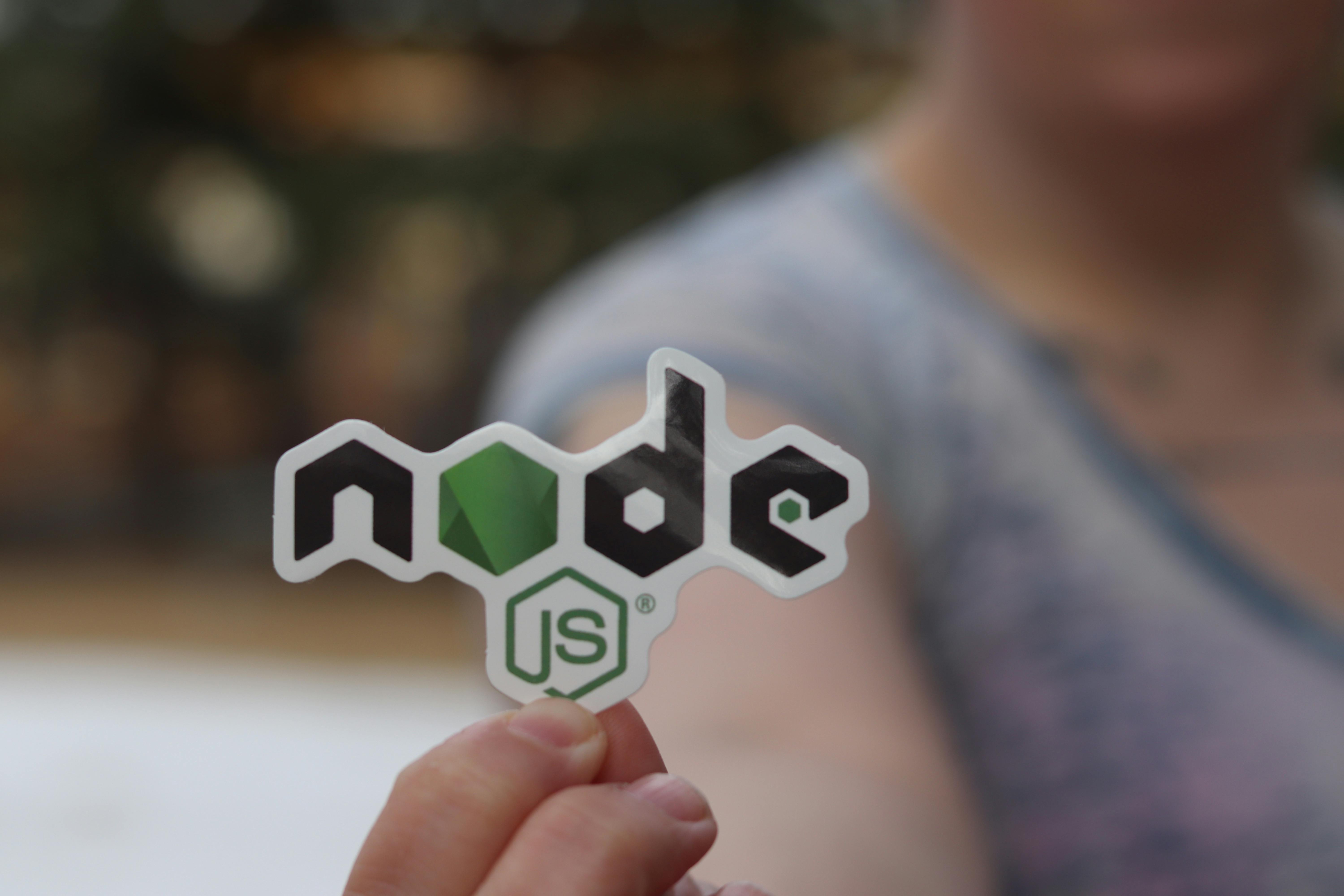
Image: Developer working on custom modifications to open-source AI art generation models, representing the community-driven customization that makes Stable Diffusion uniquely flexible. Photo by Rodolfo Clix from Pexels, licensed under Pexels License.
Key Features:
- Completely customizable and open-source architecture
- Local installation options that don’t require cloud processing
- Extensive community-created models and modifications
- Advanced prompt engineering options for precision
- Integration with various platforms through APIs and plugins
Why It’s #6: Stable Diffusion’s popularity stems from its combination of high-quality output and open-source flexibility. Users appreciate the ability to run the tool locally without subscription fees, while developers value the opportunity to modify and extend the system.
Future Trend: The Stable Diffusion community continues to expand with diverse specialized models and modifications. Future development is focused on improving performance on consumer hardware and creating more specialized versions for different artistic domains.
Technical Insight: The latest Stable Diffusion XL Turbo model reduces generation time by 73% compared to previous versions while improving image coherence and detail. This performance optimization has made high-quality AI art more accessible on consumer-grade hardware.
7. Jasper AI — AI-Powered Content Marketing
Jasper AI has established itself as the leading AI solution for marketing content creation, helping businesses generate everything from social media posts to long-form articles. With approximately 35 million users, it has become essential in digital marketing workflows.

Image: Marketing team collaborating on content strategy with AI writing assistance, showing how specialized AI tools are transforming collaborative content production workflows. Photo by Pixabay from Pexels, licensed under Pexels License.
Key Features:
- Specialized templates for various marketing content types
- Brand voice customization and consistency
- SEO optimization integrated into content creation
- Multilingual content generation capabilities
- Collaborative workflow tools for marketing teams
Why It’s #7: Jasper AI has become a go-to tool for businesses and marketers due to its specialized focus on commercial content. Its templates and frameworks are designed specifically for marketing effectiveness, saving teams significant time while maintaining quality.
Future Trend: Jasper is expanding its multilingual capabilities to support global marketing campaigns and developing more sophisticated tone customization to match specific brand identities and target audiences.
8. Notion AI — Smart Productivity Assistant
Notion AI enhances the popular productivity platform with intelligent assistance for writing, organizing, and managing information. With approximately 30 million users, it has become a central tool for knowledge workers and teams.

Image: Knowledge worker organizing information with AI-enhanced productivity tools, demonstrating how intelligent assistants help structure and synthesize complex information. Photo by Tima Miroshnichenko from Pexels, licensed under Pexels License.
Key Features:
- Automated note summarization and organization
- AI-powered writing assistance for various document types
- Intelligent data extraction and structuring
- Automated action item identification from meetings and notes
- Customized knowledge management workflows
Why It’s #8: Notion AI automates and enhances productivity workflows by seamlessly integrating artificial intelligence into an already popular organization platform. Users appreciate how the AI features enhance rather than disrupt their existing workflows.
Future Trend: Notion is developing deeper AI integrations for seamless work management, with a focus on intelligent project tracking and automated knowledge base management.
9. Runway ML — AI for Video Editing
Runway ML has revolutionized video production with its AI-powered editing and special effects capabilities. Used by approximately 25 million content creators, filmmakers, and studios, it dramatically reduces the time and technical expertise required for professional-quality video.

Image: Filmmaker working with AI-powered video editing tools to enhance footage and create special effects, showcasing how AI is transforming the post-production process. Photo by Joey Kyber from Pexels, licensed under Pexels License.
Key Features:
- Text-to-video generation and editing
- Automated object removal and scene extension
- Motion tracking and generation
- Style transfer across video frames
- AI-powered color grading and visual effects
Why It’s #9: Runway ML has gained popularity among content creators and filmmakers because it democratizes sophisticated video editing techniques. Tasks that once required specialized technical knowledge can now be accomplished through simple prompts and intuitive controls.
Future Trend: Runway is focusing on advanced real-time video generation and automation, with upcoming features enabling more sophisticated narrative control and character animation.
Industry Impact: According to a 2025 survey by FilmTech Quarterly, 67% of independent filmmakers now use AI tools like Runway ML in their production process, with an average reported time savings of 40% on post-production work.
10. Replika — AI Chatbot for Emotional Support
Replika has carved out a unique niche as an AI companion focused on supportive conversation and emotional wellbeing. With approximately 22 million active users, it addresses growing demand for accessible emotional support and companionship.

Image: User engaged in a personal conversation with an AI emotional support companion, highlighting the role of AI in providing accessible mental wellness support. Photo by Andrea Piacquadio from Pexels, licensed under Pexels License.
Key Features:
- Personalized companion that adapts to user communication style
- Memory of past conversations and personal details
- Supportive responses with empathetic tone
- Mood tracking and emotional wellbeing check-ins
- Goal-setting and personal development activities
Why It’s #10: Replika addresses the growing demand for virtual companionship in an increasingly digital world. Users value the judgment-free space for expression and the availability of emotional support at any time.
Future Trend: Replika is enhancing its emotional intelligence capabilities and developing more sophisticated conversation models that can sustain deeper, more meaningful interactions over time.
“AI companions like Replika are filling an important gap in our social infrastructure. While they don’t replace human connection, they provide a consistent emotional outlet that many people find valuable in their wellness routines.” — Dr. Sarah Chen, Digital Psychology Researcher
11. Synthesia — AI-Generated Video Presentations
Synthesia has transformed corporate communications with AI-driven avatars that create professional video presentations from text scripts. With approximately 20 million users, it has become a standard tool for training, marketing, and educational content.

Image: Corporate training session utilizing AI-generated presenter for consistent, multilingual content delivery, demonstrating the efficiency of synthetic media in organizational communication. Photo by Pavel Danilyuk from Pexels, licensed under Pexels License.
Key Features:
- Realistic AI avatars speaking in over 120 languages
- Simple text-to-video conversion
- Custom avatar creation for brand consistency
- Integration with presentation tools and learning management systems
- Automated localization of video content
Why It’s #11: Synthesia has become a favorite for corporate training and explainer videos due to its efficiency and cost-effectiveness. Companies can create professional video content in multiple languages without traditional video production costs.
Future Trend: Synthesia is developing more realistic avatars with enhanced emotional expression and gestures, along with advanced voice cloning capabilities that maintain ethical safeguards.
12. DeepMind (Google) — AI for Scientific Research
DeepMind continues to lead in AI-driven scientific research, with breakthroughs in protein folding, weather prediction, and mathematical problem-solving. While primarily a research organization rather than a consumer product, its tools and platforms are used by approximately 18 million researchers and scientists worldwide.

Image: Scientists utilizing AI models for protein structure analysis and molecular research, representing how DeepMind’s scientific AI applications are accelerating research breakthroughs. Photo by Thirdman from Pexels, licensed under Pexels License.
Key Features:
- AlphaFold for protein structure prediction
- GraphCast for accurate weather forecasting
- AlphaTensor for mathematical discoveries
- Advanced reinforcement learning systems
- Open-source research tools for scientific application
Why It’s #12: DeepMind continues to lead in AI-driven scientific discoveries, with its tools becoming increasingly essential in research environments from pharmaceuticals to climate science.
Future Trend: DeepMind is expanding into space research applications and advanced medical diagnostics, with several breakthrough projects currently in development.
13. Hugging Face — AI Model Hub
Hugging Face has established itself as the central repository and community for AI models, especially in natural language processing. With approximately 15 million developers and researchers using the platform, it has become the standard infrastructure for accessing and deploying AI models.

Image: Developer accessing and implementing open-source AI models for application development, showing how Hugging Face facilitates model sharing and deployment across the AI community. Photo by Christina Morillo from Pexels, licensed under Pexels License.
Key Features:
- Extensive library of pre-trained models for various AI tasks
- Collaborative spaces for model development and fine-tuning
- Model evaluation and benchmark tools
- Easy deployment options for various computing environments
- Active community for knowledge sharing and problem-solving
Why It’s #13: Hugging Face serves as a key resource for AI developers by providing accessible, pre-trained models and a collaborative environment for improvement. The platform’s standardized approach to model sharing has accelerated AI development across industries.
Future Trend: Hugging Face is fostering greater collaboration between academic AI researchers and commercial developers, with enhanced tools for responsible AI development and deployment.
Developer Insight: The Hugging Face ecosystem now hosts over 250,000 AI models with comprehensive documentation and evaluation metrics, making it the largest organized repository of accessible AI capabilities in the world.
14. Adobe Firefly — AI-Powered Creative Tools
Adobe Firefly integrates AI generation capabilities into Adobe’s creative ecosystem, allowing designers to generate and modify images, videos, and designs with text prompts. With approximately 14 million users, it has become essential for creative professionals working within the Adobe suite.
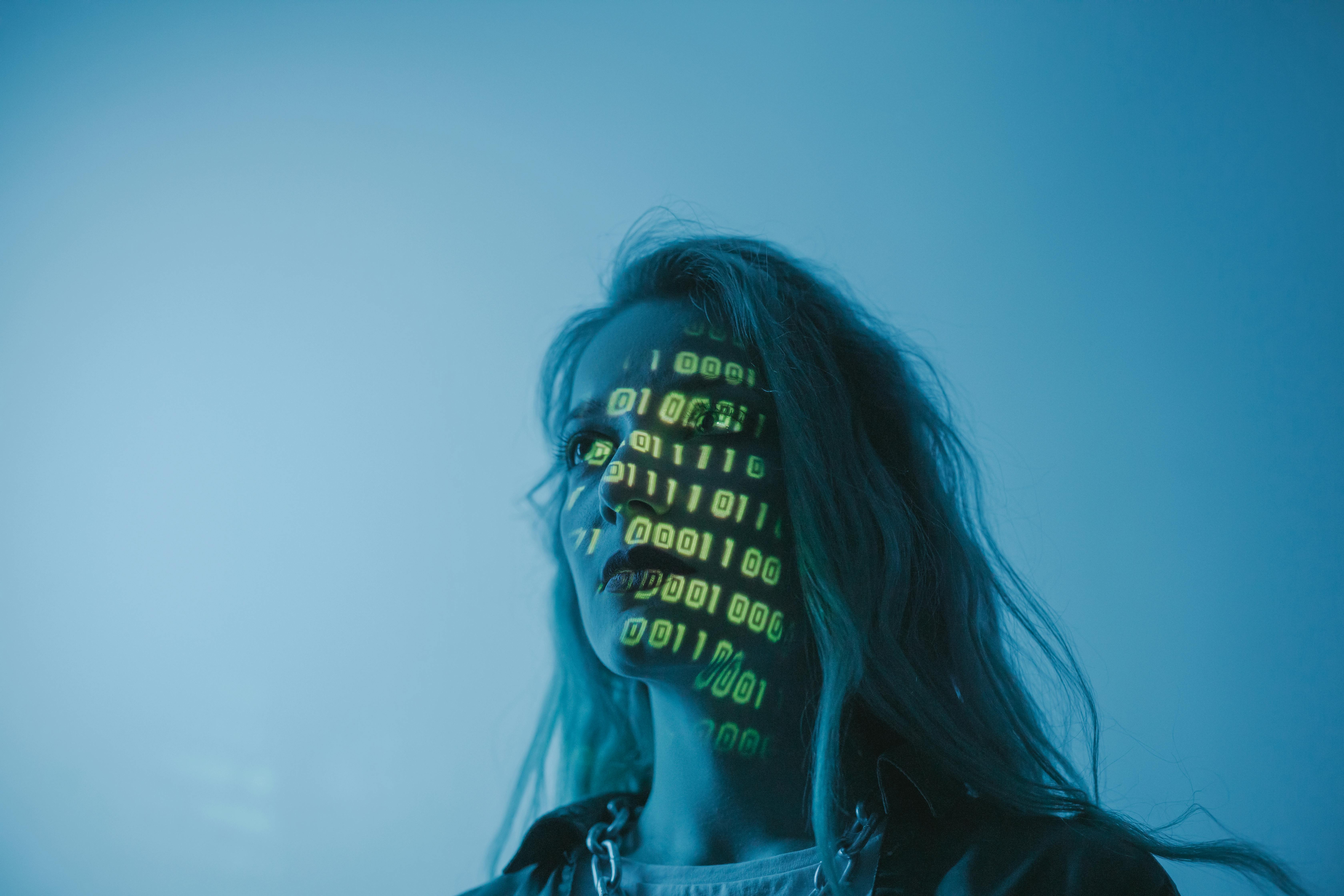
Image: Professional designer working with AI-enhanced creative tools integrated within Adobe’s ecosystem, demonstrating the workflow advantages of Firefly’s integration with existing design software. Photo by Karolina Grabowska from Pexels, licensed under Pexels License.
Key Features:
- Text-to-image generation optimized for commercial use
- Seamless integration with Adobe Creative Cloud applications
- Style transfer and image modification tools
- Commercial licensing guarantees for generated content
- Training on licensed content for copyright safety
Why It’s #14: Firefly’s seamless integration with Adobe Creative Cloud makes it invaluable for designers already working within that ecosystem. The focus on commercially safe content generation provides reassurance for professional users.
Future Trend: Adobe is expanding Firefly’s capabilities into 3D design and augmented reality content creation, with enhanced tools for interactive media development.
15. Character.AI — AI Chatbots with Personalities
Character.AI allows users to create and interact with AI-generated characters with distinct personalities and knowledge bases. With approximately 12 million active users, it has become popular among gamers, writers, and role-playing communities.
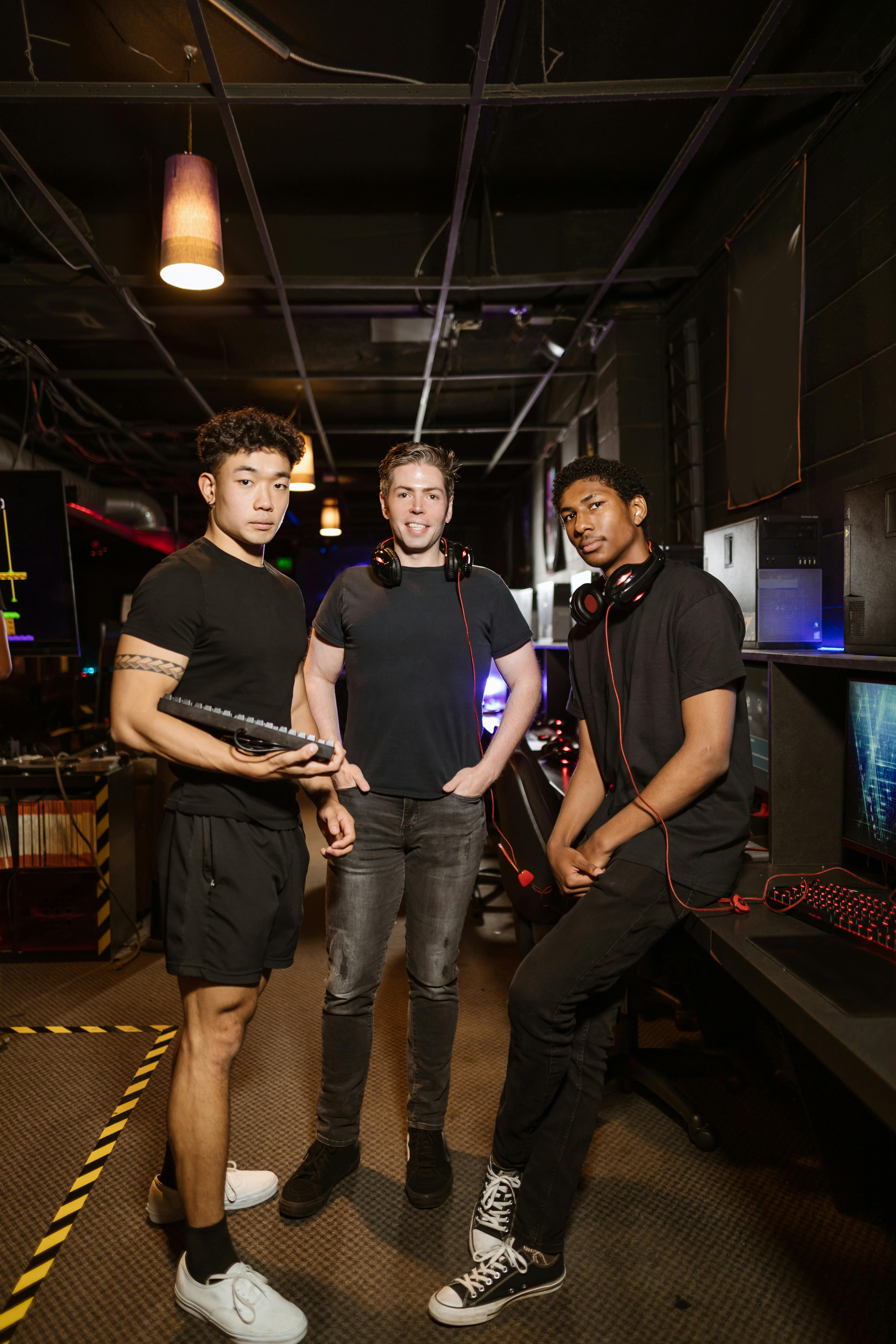
Image: User engaging with personalized AI characters in an immersive conversation environment, highlighting how Character.AI creates distinct AI personalities for entertainment and creative applications. Photo by Mikhail Nilov from Pexels, licensed under Pexels License.
Key Features:
- Creation of customized AI characters with detailed personalities
- Conversation with historical figures, fictional characters, or original creations
- Memory of conversation history and relationship development
- Community sharing of popular character templates
- Storytelling and creative writing assistance
Why It’s #15: Character.AI has found popularity among gamers and role-playing communities for its ability to create distinct, consistent AI personalities that maintain character throughout interactions. Writers also use it for character development and dialogue testing.
Future Trend: The platform is developing more personalized and interactive AI personalities with improved conversation consistency and emotional depth.
16. GrammarlyGO — AI for Perfect Writing
GrammarlyGO enhances Grammarly’s writing assistance with generative AI capabilities, helping users not just correct but also generate and refine text. With approximately 10 million active users, it has become essential for professionals and students seeking to improve writing efficiency.

Image: Business professional using AI writing enhancement tools to improve document quality and efficiency, showing how GrammarlyGO extends beyond grammar correction to comprehensive writing assistance. Photo by Karolina Grabowska from Pexels, licensed under Pexels License.
Key Features:
- Context-aware writing suggestions and enhancements
- Tone adjustments for different audiences and purposes
- Text generation based on simple prompts
- Automatic summarization and expansion capabilities
- Integration with major writing platforms and email services
Why It’s #16: GrammarlyGO has become essential for professionals and students who need to produce high-quality written content efficiently. Its ability to not just correct but also generate and enhance text based on context sets it apart from traditional grammar checkers.
Future Trend: Grammarly is expanding into real-time speech-to-text editing, allowing for AI writing assistance during presentations and conversations.
17. Otter.ai — AI for Meeting Transcriptions
Otter.ai specializes in AI-powered transcription and note-taking for meetings, lectures, and interviews. With approximately 9 million active users, it has become a standard tool in corporate environments and educational institutions.

Image: Business team in a meeting with AI transcription technology capturing and organizing the conversation in real-time, demonstrating how Otter.ai streamlines information capture and sharing. Photo by Pavel Danilyuk from Pexels, licensed under Pexels License.
Key Features:
- Real-time transcription with speaker identification
- Automated meeting summaries and action item extraction
- Searchable archive of recorded conversations
- Integration with video conferencing platforms
- Collaborative note-taking and highlight features
Why It’s #17: Otter.ai has been increasingly adopted in corporate environments for its ability to transform the meeting experience. Teams value the searchable archive of conversations and the automated extraction of action items and key points.
Future Trend: Otter is enhancing its AI-driven summarization capabilities and developing more sophisticated action item generation and follow-up systems.
Productivity Impact: A 2025 workplace efficiency study found that teams using AI transcription tools like Otter.ai reported 34% better information retention from meetings and 28% improved follow-through on action items compared to teams relying on traditional note-taking.
18. AIVA — AI-Generated Music Composition
AIVA (Artificial Intelligence Virtual Artist) creates original musical compositions for various applications, from film scores to video game soundtracks. With approximately 8 million users, it has become an important tool for composers and content creators.

Image: Music composer reviewing and refining AI-generated musical score for a creative project, illustrating how AIVA serves as a collaborative tool for music creation. Photo by cottonbro studio from Pexels, licensed under Pexels License.
Key Features:
- Original music composition in various styles and genres
- Customization of tempo, mood, and instrumentation
- Commercial licensing options for created music
- Integration with digital audio workstations
- Soundtrack generation matched to video timing
Why It’s #18: AIVA is used by composers and music producers who appreciate its ability to generate original musical foundations that can be further developed or used as-is for various projects.
Future Trend: AIVA is developing real-time adaptive AI music capabilities for games and interactive media, where compositions evolve based on user actions and emotional contexts.
19. Lensa AI — AI Photo Editing & Portraits
Lensa AI specializes in photo editing with a particular focus on portrait enhancement and stylistic transformations. With approximately 7 million active users, it has gained popularity through social media and its user-friendly mobile interface.

Image: User applying AI portrait enhancement effects to create artistic selfie transformations, showing how Lensa AI has popularized creative photo manipulation on mobile devices. Photo by Prasanth Inturi from Pexels, licensed under Pexels License.
Key Features:
- AI-powered portrait retouching and enhancement
- Artistic style transformations for photos
- Automated background removal and replacement
- Facial feature enhancement with natural results
- One-tap editing presets for quick transformations
Why It’s #19: Lensa AI achieved viral success due to its popularity on social media platforms and its ability to create stunning portrait transformations with minimal user effort. Its mobile-first approach makes sophisticated AI editing accessible to casual users.
Future Trend: Lensa is developing more advanced facial recognition and retouching capabilities while maintaining ethical standards for image manipulation.
20. DeepBrain AI — AI-Powered Virtual Humans
DeepBrain AI creates realistic AI-generated avatars for virtual training, presentations, and customer service. With approximately 6 million users, it addresses the growing demand for digital humans in education and business contexts.

Image: Virtual human presenter delivering a corporate presentation in multiple languages simultaneously, demonstrating DeepBrain AI’s application in creating consistent brand ambassadors and trainers. Photo by RDNE Stock project from Pexels, licensed under Pexels License.
Key Features:
- Photorealistic AI avatars with natural speech and expressions
- Custom avatar creation based on real individuals or new designs
- Multi-language support with accurate lip synchronization
- Interactive capabilities for training and education
- Integration with learning management systems and websites
Why It’s #20: DeepBrain AI is responding to growing demand for digital humans in education and business, especially for applications like virtual training, multilingual customer service, and consistent brand representation.
Future Trend: The company is enhancing the realism of its AI-powered video presenters, with particular focus on emotional expression and conversational capabilities.
The Democratization of AI: Access and Ethics
The widespread adoption of these AI tools represents a significant democratization of artificial intelligence capabilities. Technologies that were once available only to specialized researchers or large corporations are now accessible to individuals and small businesses worldwide.

Image: Diverse group of professionals accessing advanced AI capabilities through consumer applications, illustrating how AI technology has become democratized across different user groups and industries. Photo by Alex Knight from Pexels, licensed under Pexels License.
This democratization brings both opportunities and challenges:
- Economic Impact: Creative professionals are seeing productivity gains of 40-70% when incorporating AI tools into their workflows
- Skill Development: The nature of creative and knowledge work is evolving to emphasize prompt engineering and AI direction skills
- Ethical Considerations: Issues of copyright, attribution, and authentic creation remain active areas of discussion and policy development
- Accessibility Barriers: Despite widening access, economic and technological divides still affect who can benefit from these tools
“The most profound aspect of today’s AI revolution isn’t the technology itself, but how it’s redistributing creative and intellectual capabilities. We’re seeing individuals and small teams produce work that previously required entire departments or specialized studios.” — Marcos Rodriguez, Digital Transformation Consultant
Conclusion: The AI Tools Dominating 2025
From chatbots and virtual assistants to AI-generated images and videos, artificial intelligence is fundamentally changing how we work, create, and communicate. The top 20 most visited AI tools of 2025 demonstrate that businesses, creators, and everyday users are embracing these technologies at an unprecedented rate.
Several key trends emerge from this ranking:
- Multimodal Integration: The most successful platforms are expanding beyond single media types to handle text, image, audio, and video
- Ecosystem Development: Tools that integrate well with existing workflows and platforms show stronger retention
- Specialization: While general-purpose AI attracts the most users, specialized tools solving specific problems show remarkable growth
- Community Focus: Platforms that foster community sharing and collaboration are building sustainable advantages
As AI continues to evolve, we can expect even greater integration into our daily lives and work processes. The boundaries between human and machine creation will continue to blur, creating new opportunities and challenges for creators, businesses, and society as a whole.
Which AI tools have had the most impact on your work or creative process? Are there emerging AI technologies you’re excited to try? Share your experiences and thoughts in the comments below!

